(Fatherland) - Cao Bang province has a large folk song treasury with hundreds of melodies of the Tay, Nung, Mong, Dao ethnic groups... Among the folk melodies, Da Hai is one of the most beautiful melodies with an unusually attractive power.
Unique folk songs of the Nung people of Cao Bang
According to cultural researchers: "Da Hai is a stage art with a story, a script, telling stories, but at the same time, it is the art of Tuong, from decorative art, performing art plus musical art, when performed, it becomes the quintessence".
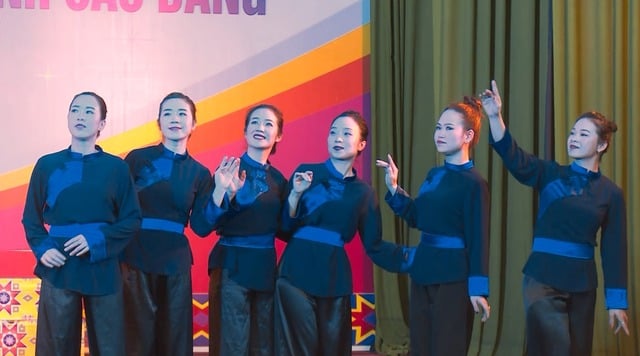
Hat Da Hai is a famous and unique folk song of the Nung ethnic group in the eastern part of Cao Bang province with many melodies expressing psychological states of joy, sadness, love, hate...
In the 60s of the last century, along with the mass singing movement blooming like spring flowers, many Da Hai opera troupes of the people appeared, such as: Da Hai Opera Troupe Giang Ga, Dinh Phong Commune, Da Hai Opera Troupe Phja Hong, Kham Thanh Commune, Da Hai Opera Troupe Thong Hue of Trung Khanh District; Da Hai Opera Troupe Town and Hang Thoong of Quang Uyen District. These troupes toured many places locally and in the province.
Hat Da Hai is a famous and unique folk song of the Nung ethnic group in the East of Cao Bang province with many melodies expressing psychological states of joy, sadness, love, hate... Through research, 10 melodies have been collected, which are: (1) "Phìn tiao" (Phìn tiao): is a calm, melodious tune, used as an opening piece; (2) "Sai vá": a flower picking tune, reflecting the cheerful, playful, excited, somewhat generous, and sublime mood of people; (3) "Chén cáo tiao" (Phìn mên rao tiao): reflects the wistful, light-hearted mood, the feeling of elation and excitement of people; (4) "Than tiao" (sigh): narration, confide, self-confession, self-expression...; (5) "Hỷ tiao": a happy, joyful tune, reflecting the excited, proud mood of people; (6) “Co pan”: expresses quiet, deep self-pity; (7) “Khu tiao”: expresses crying, lamenting, blaming fate, sadness, gloom, and sorrow; (8) “Sli tiao”: is a poetic recitation that reflects the sublime, subtle mood of a person; (9) “Cao tiao”: expresses a relaxed, leisurely, carefree, and refreshing mood; (10) “Sau pan”: is a melody often used to end.
Through historical periods, up to now, Tuong Da Hai has only preserved a part of "ca tuong" and no longer preserved the original as in the prosperous period. There are many reasons that lead to the current Tuong Da Hai genre being limited, at risk of being forgotten and lost.
Due to historical events and some elderly artists (who have passed away) who did not maintain and pass on to their descendants, some migrated to the southern provinces, so the art of Tuong Da Hai gradually faded away and many Da Hai songs were "sampled" and forgotten. On the other hand, in the 80s and 90s (20th century), the socio -economic situation also had many fluctuations, the centralized, bureaucratic and subsidized economy was no longer suitable for the trend, people's lives were extremely difficult, the state was no longer able to subsidize and maintain mass cultural and artistic activities, cultural and artistic activities were sporadic and limited. Not having enough money to cover the costs of performing arts (including professional art troupes), standing on the brink of disbandment… meanwhile the music market has also changed a lot, the introduction of Western music genres (Pop; Rock) into Vietnam… makes young people follow new music trends, not interested in traditional music in general, including Tuong Da Hai, marking the ups and downs of this art form.
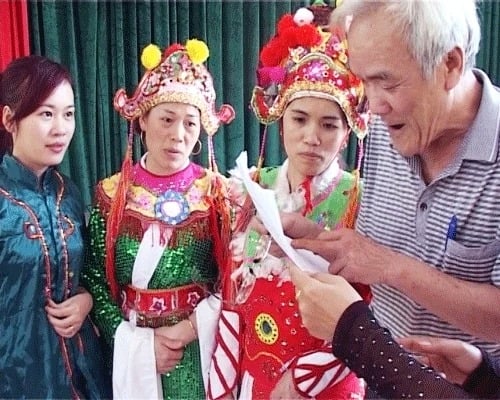
Cao Bang aims to restore the Da Hai Tuong troupe into the Da Hai Literature and Arts troupe, suitable for the current situation, associated with community tourism.
Preserving the art of Da Hai singing
Faced with the risk of the Da Hai art form being lost and lost in the Eastern region, with the focus being Thong Hue commune (now Doai Duong), Trung Khanh district, the cultural sector has also had a plan to preserve and maintain these unique traditional arts. Around 1999 - 2000, the cultural sector coordinated with the Institute of Music to implement the project "Preserving the art of Da Hai singing in Thong Hue, Trung Khanh, Cao Bang". The project collected and restored some excerpts of traditional Da Hai Tuong, supported the investment in costumes and organized practice. This was also the first time the cultural sector organized a rather elaborate research topic on the art of Da Hai singing. However, due to the urgent implementation time, limited funding and the research team members mainly in Hanoi, difficult travel conditions, the fieldwork and practice still have many limitations, not going deeply into exploiting the artistic value and understanding the origin in depth, mainly still reconstructing excerpts of the performed plays, mainly about recording music.
Realizing that Da Hai is a unique type of Nung folk song in the whole country; it is a priceless heritage left by our ancestors, distributed in some eastern districts of Cao Bang province. After many ups and downs of time, Da Hai is being lost and needs to be preserved. In 2020, the People's Committee of Cao Bang province issued Decision No. 305/QD-UBND, approving the project "Restoration and preservation of Da Hai Thong Hue cultural heritage, Doai Duong commune, Trung Khanh district, Cao Bang province".
The main objective of the project is to systematically research and collect Da Hai folk songs at the place considered the “glowing” center of Da Hai in the whole province; to fully inventory and accurately identify each melody and unique performing art of Da Hai to preserve and promote. To restore the Da Hai Tuong troupe to become the Da Hai Literature and Arts troupe suitable to the current situation associated with community tourism.
The research team started the survey on May 7, 2020 and ended in October 2020. The research team members expanded the survey subjects to include young people and the elderly, interested in exploiting the people living in Doai Duong commune, some communes in Trung Khanh district and some people who still know how to sing Da Hai in some neighboring areas such as Quang Hoa, Hoa An, Tra Linh... Based on the synthesis, statistics, and analysis of the survey results, it was found that: Much of the information provided was not accurate, the information provided still had many "sands"; "stones", even the names of the Da Hai melodies that the people filling out the questionnaire could not remember clearly and recorded incorrectly. Thereby, it further demonstrated that Da Hai is at risk of being forgotten and increasingly distant from the awareness of local people.
Currently, the number of elderly people who are proficient in Tuong Da Hai accounts for an extremely modest proportion. Even in Thong Hue - the place considered the "cradle" of Tuong Da Hai, there are only a few people left. The entire Doai Duong commune and some communes in Trung Khanh district, Quang Hoa district... currently have 26 artists, including: 07 men, 19 women. The majority of folk artists are Tay and Nung ethnic people. The number of young actors who have been taught also accounts for an extremely modest proportion, and the majority of female actors who grow up follow their husbands to work elsewhere, so the restoration of the Tuong Da Hai troupe is urgent./.
Source: https://toquoc.vn/bao-ton-va-phat-trien-nghe-thuat-tuong-da-hai-o-tinh-cao-bang-2024120317043091.htm




![[Photo] Party and State leaders visit President Ho Chi Minh's Mausoleum](https://vphoto.vietnam.vn/thumb/1200x675/vietnam/resource/IMAGE/2025/5/19/d7e02f242af84752902b22a7208674ac)
![[Photo] Party and State leaders attend the special art program "You are Ho Chi Minh"](https://vphoto.vietnam.vn/thumb/1200x675/vietnam/resource/IMAGE/2025/5/18/6895913f94fd4c51aa4564ab14c3f250)
![[Photo] Special flag-raising ceremony to celebrate the 135th birthday of President Ho Chi Minh](https://vphoto.vietnam.vn/thumb/1200x675/vietnam/resource/IMAGE/2025/5/19/1c5ec80249cc4ef3a5226e366e7e58f1)

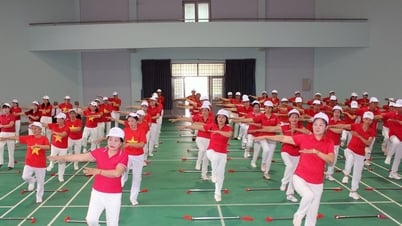

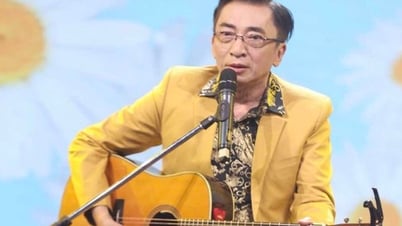








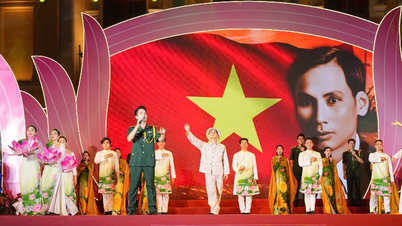

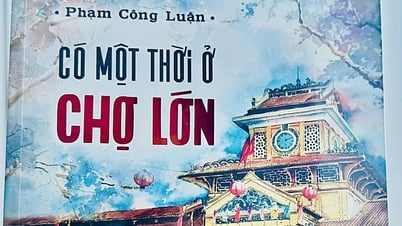

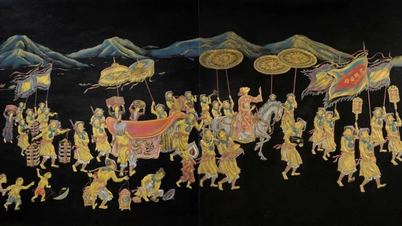









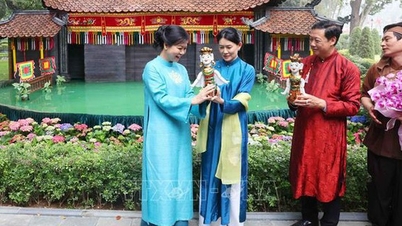



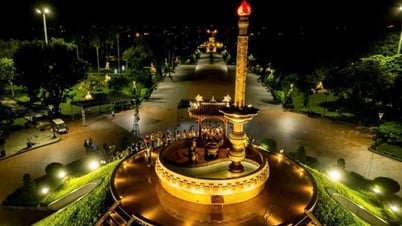




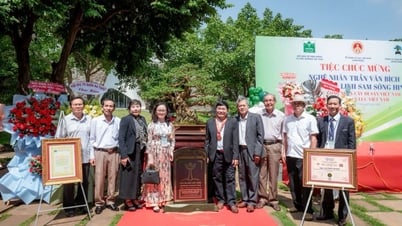








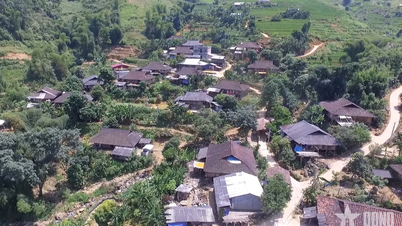

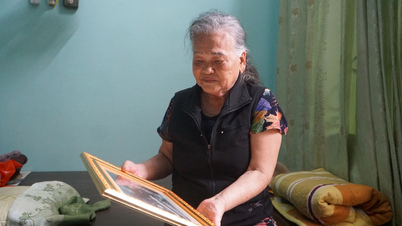

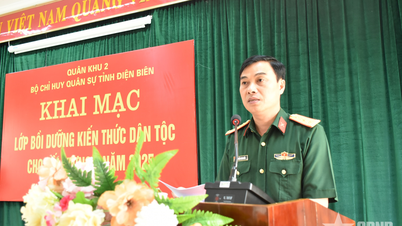






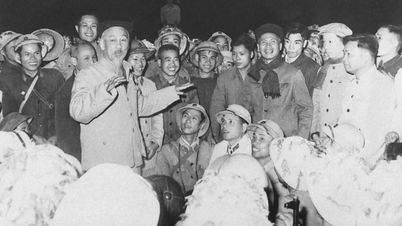


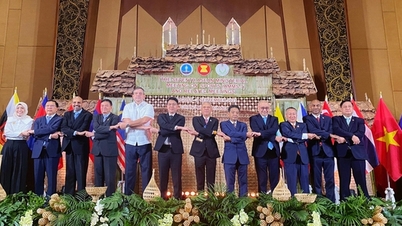







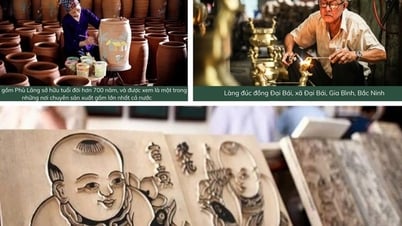



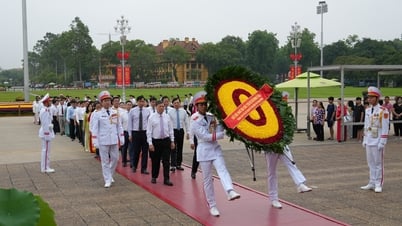







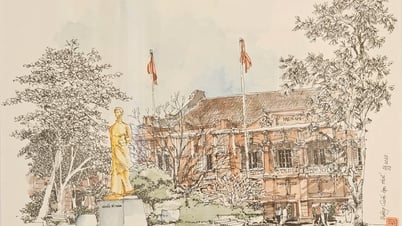


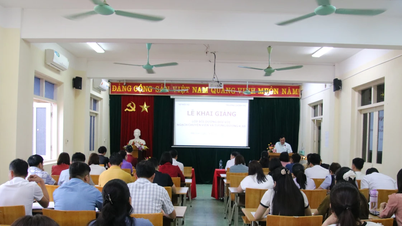




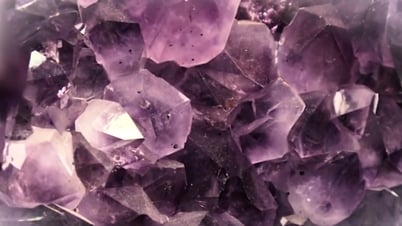




Comment (0)